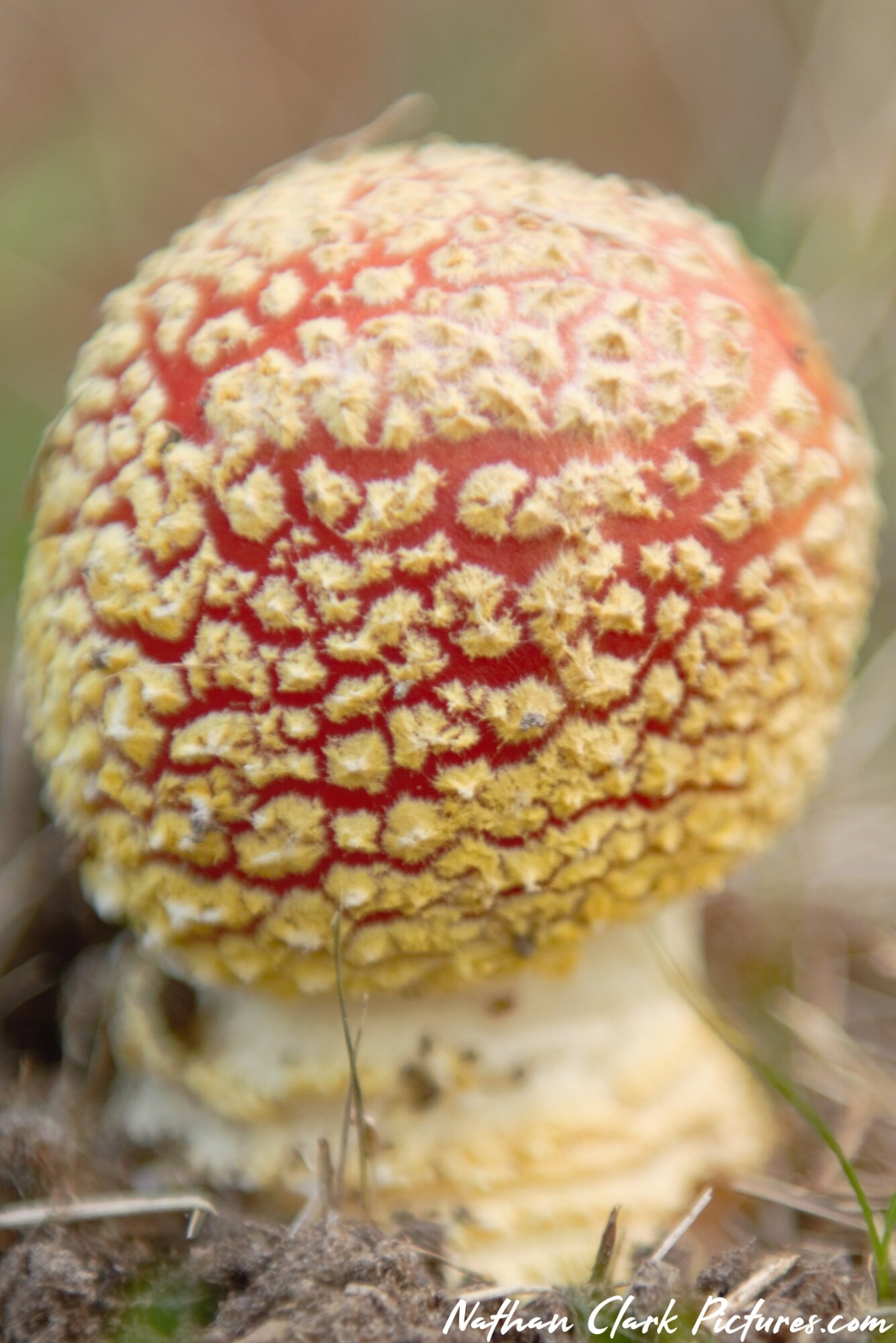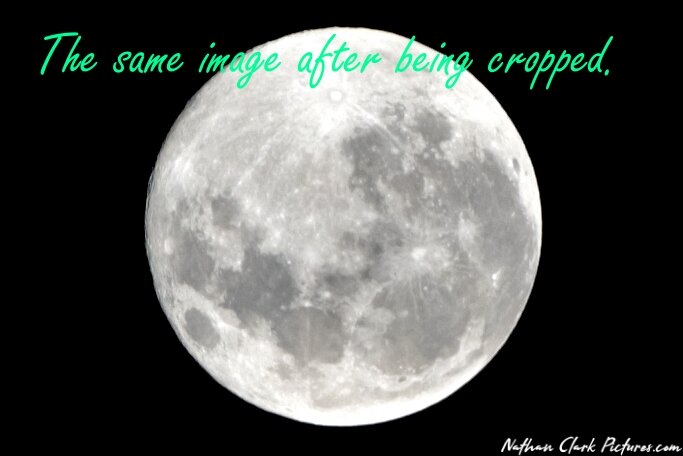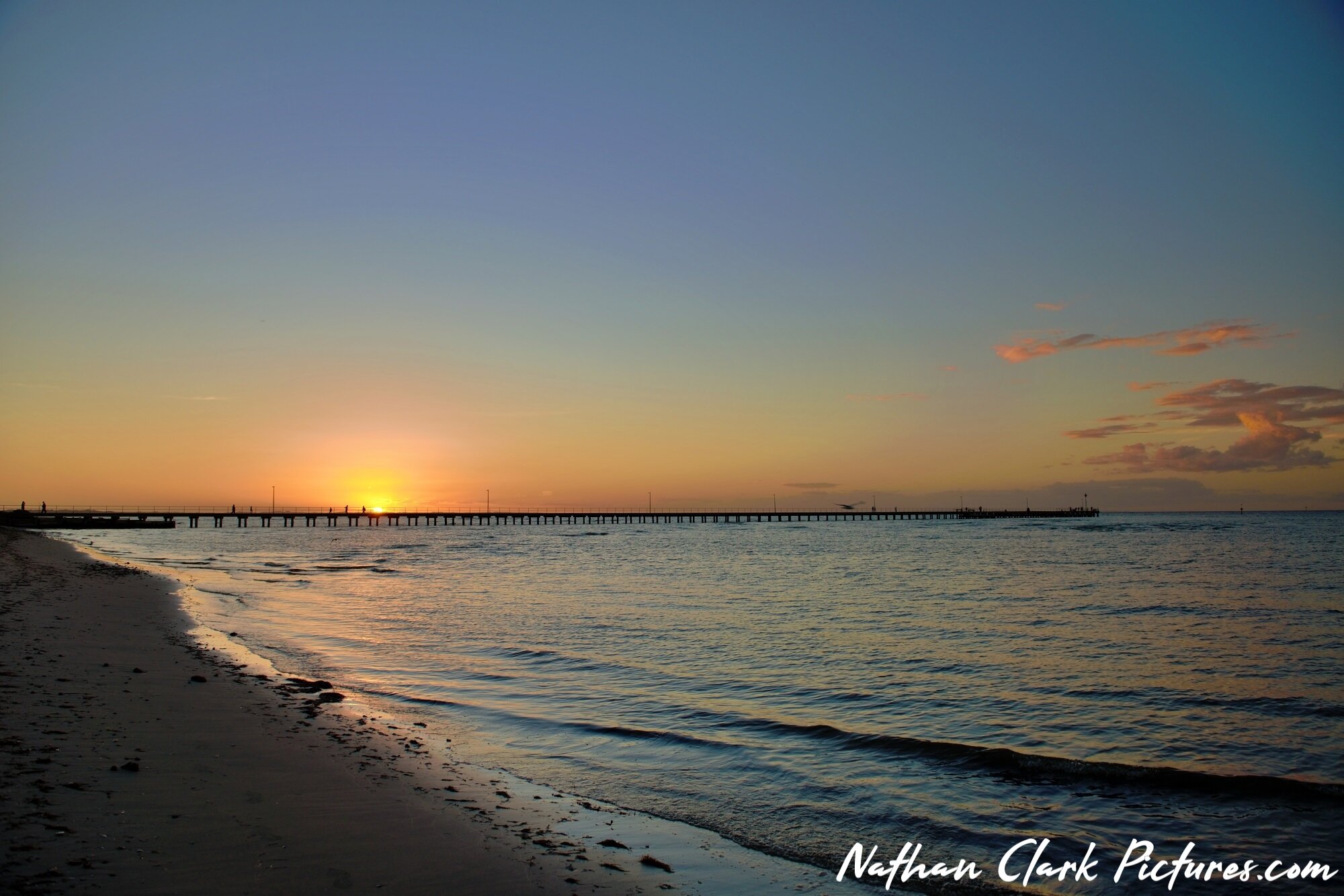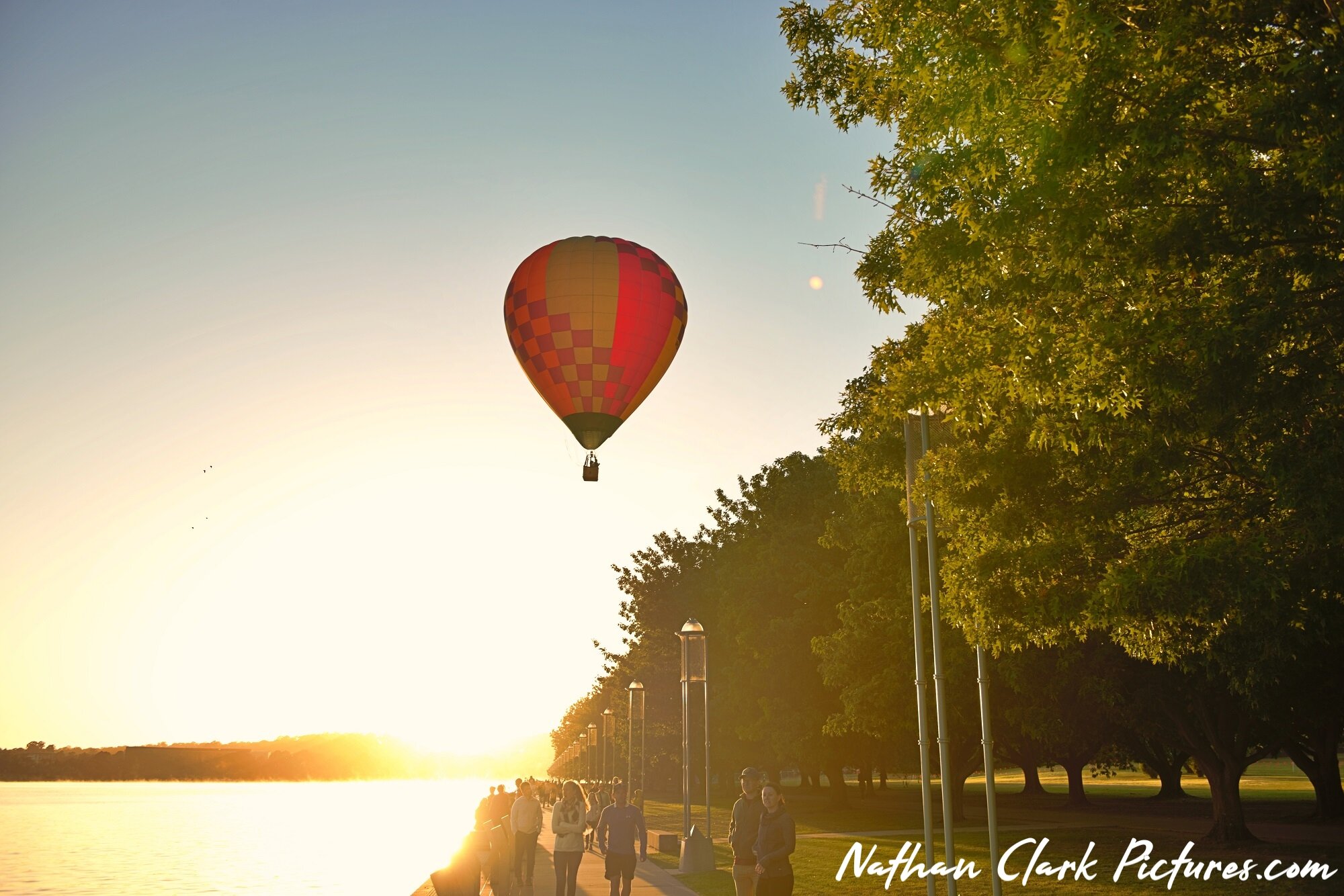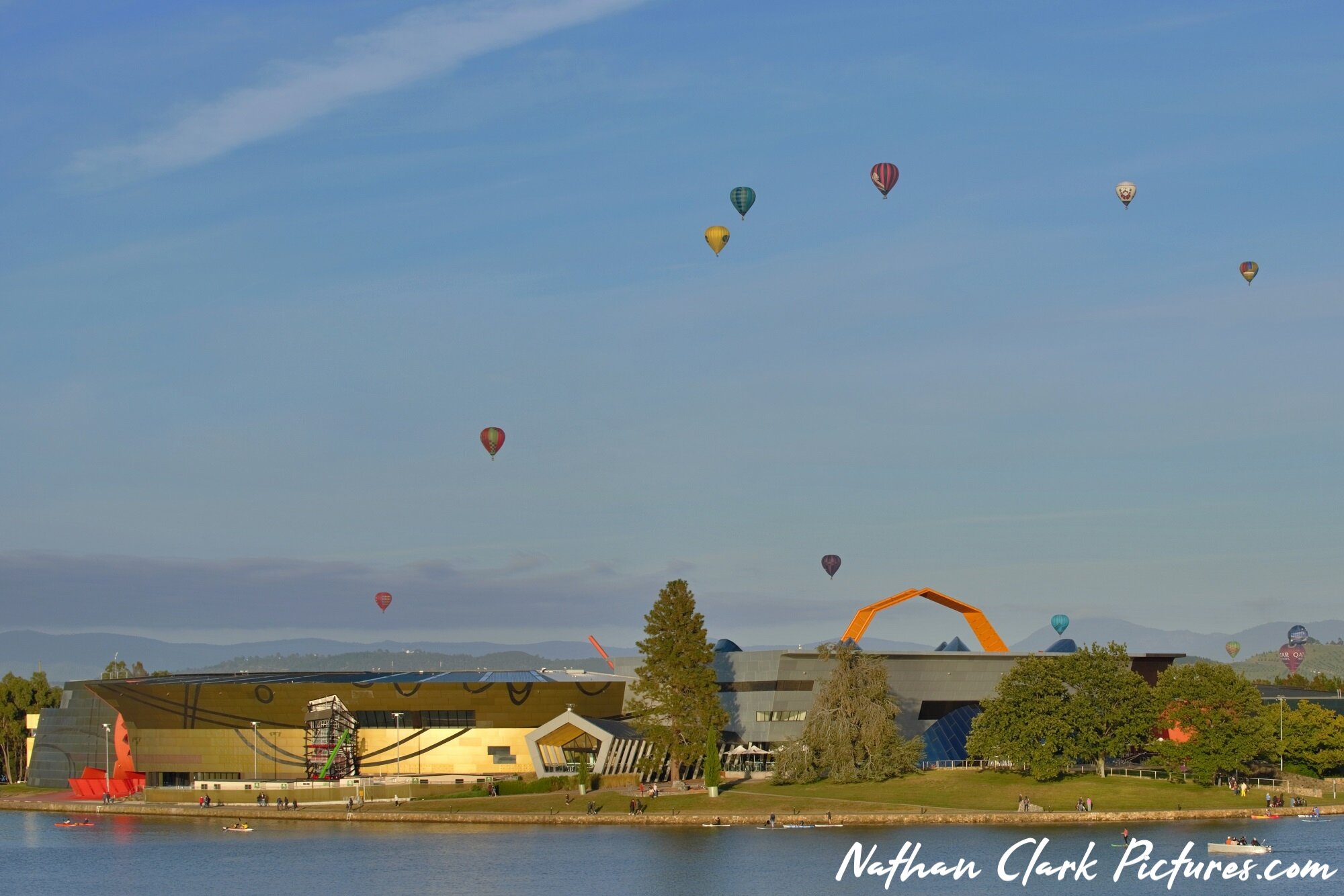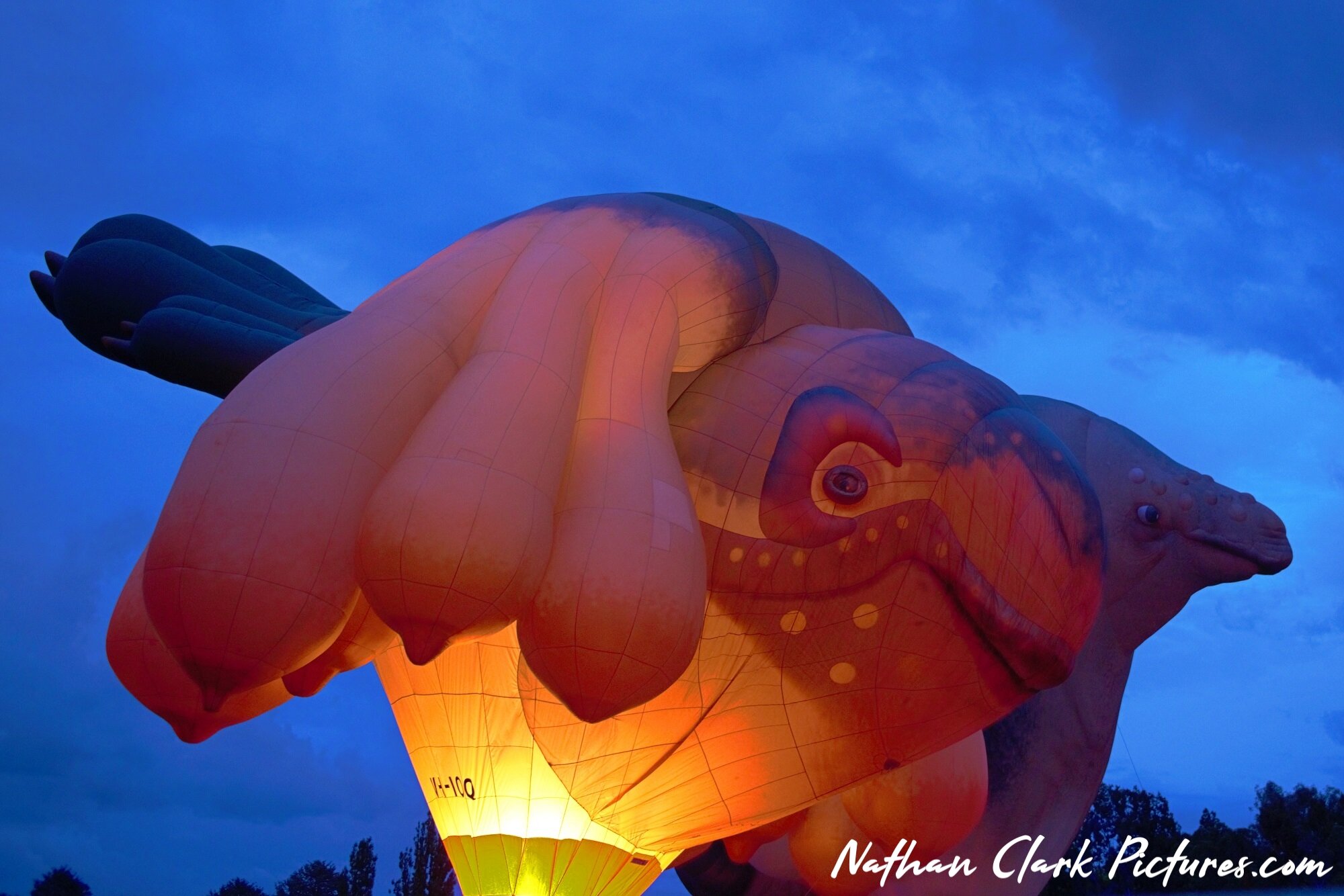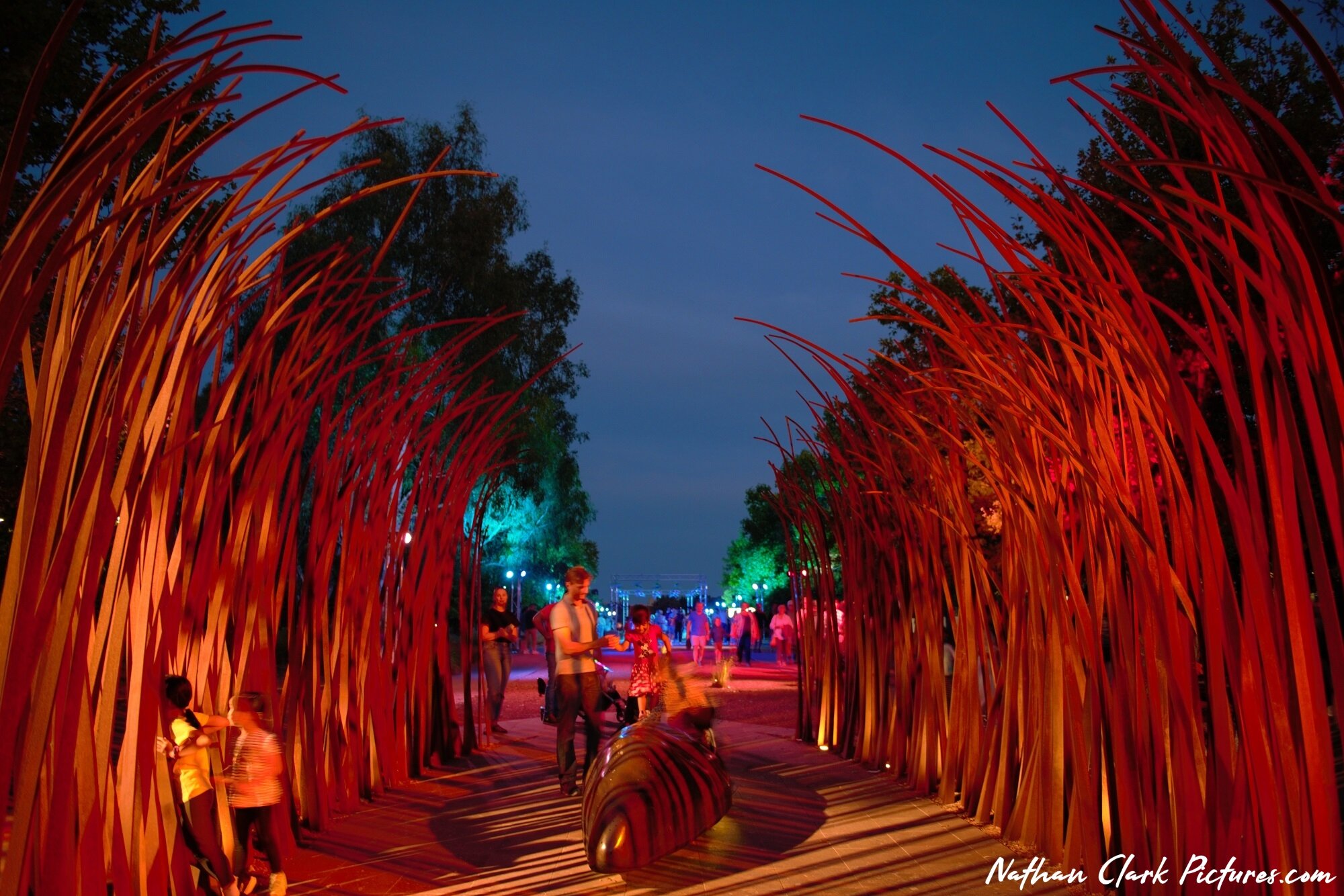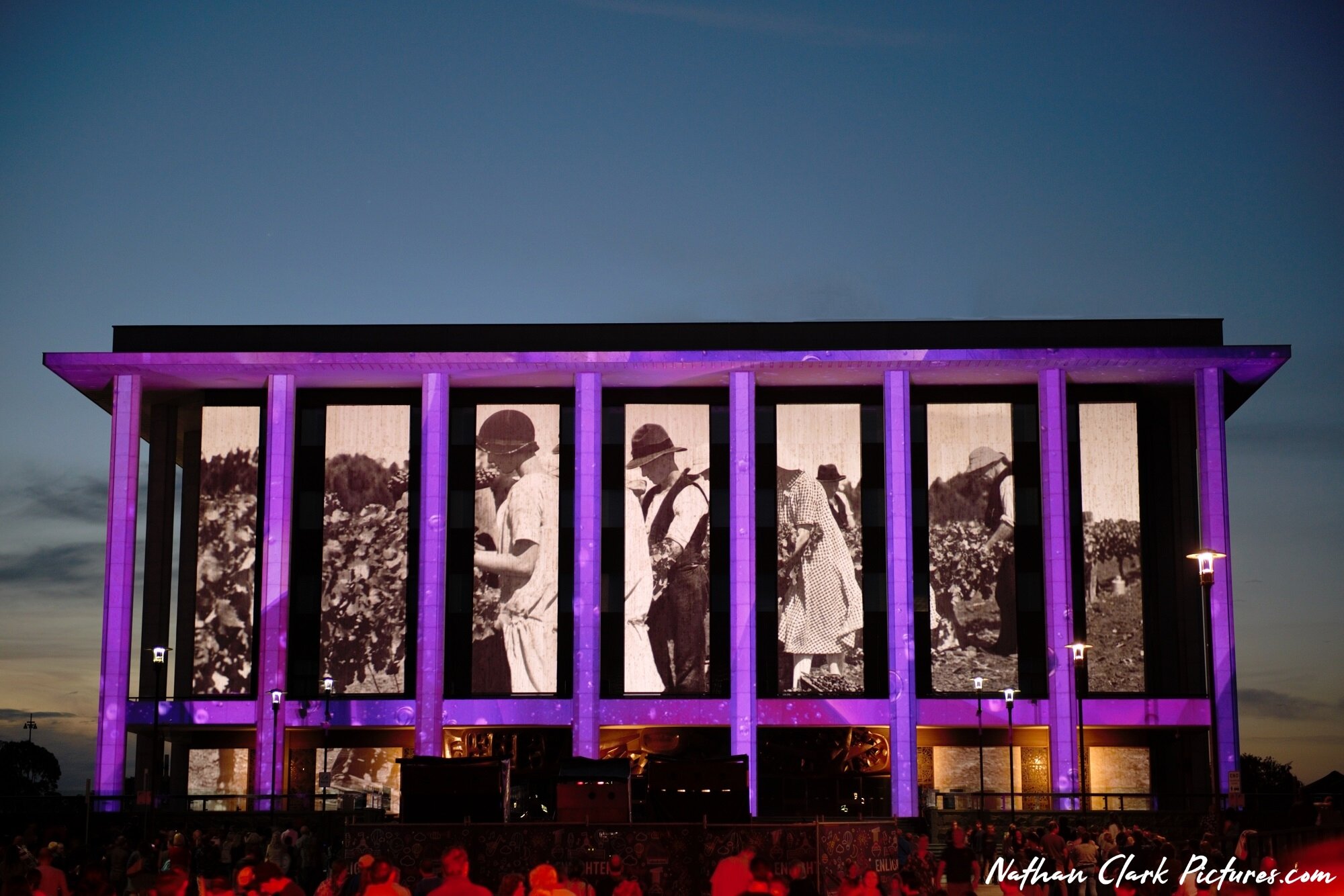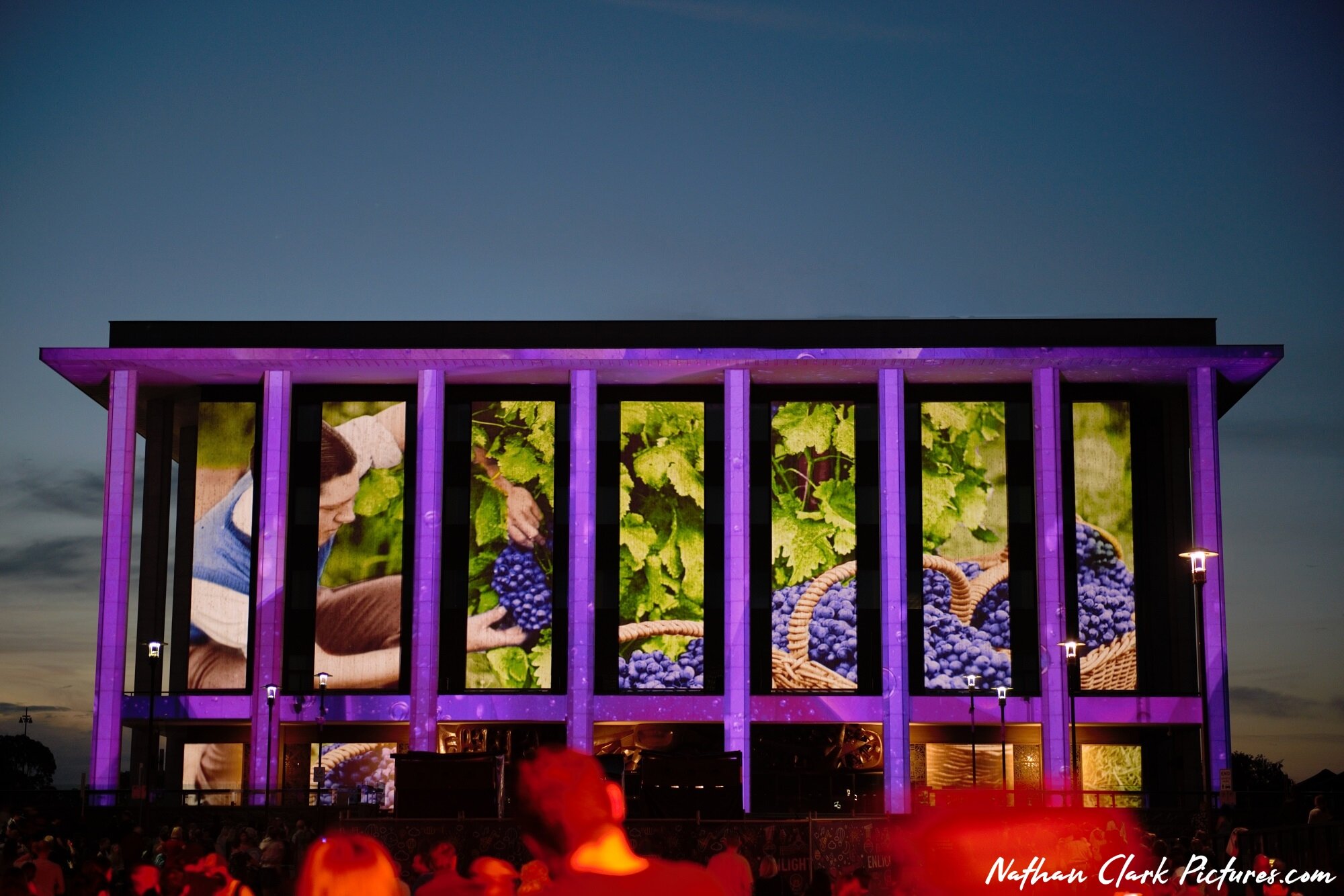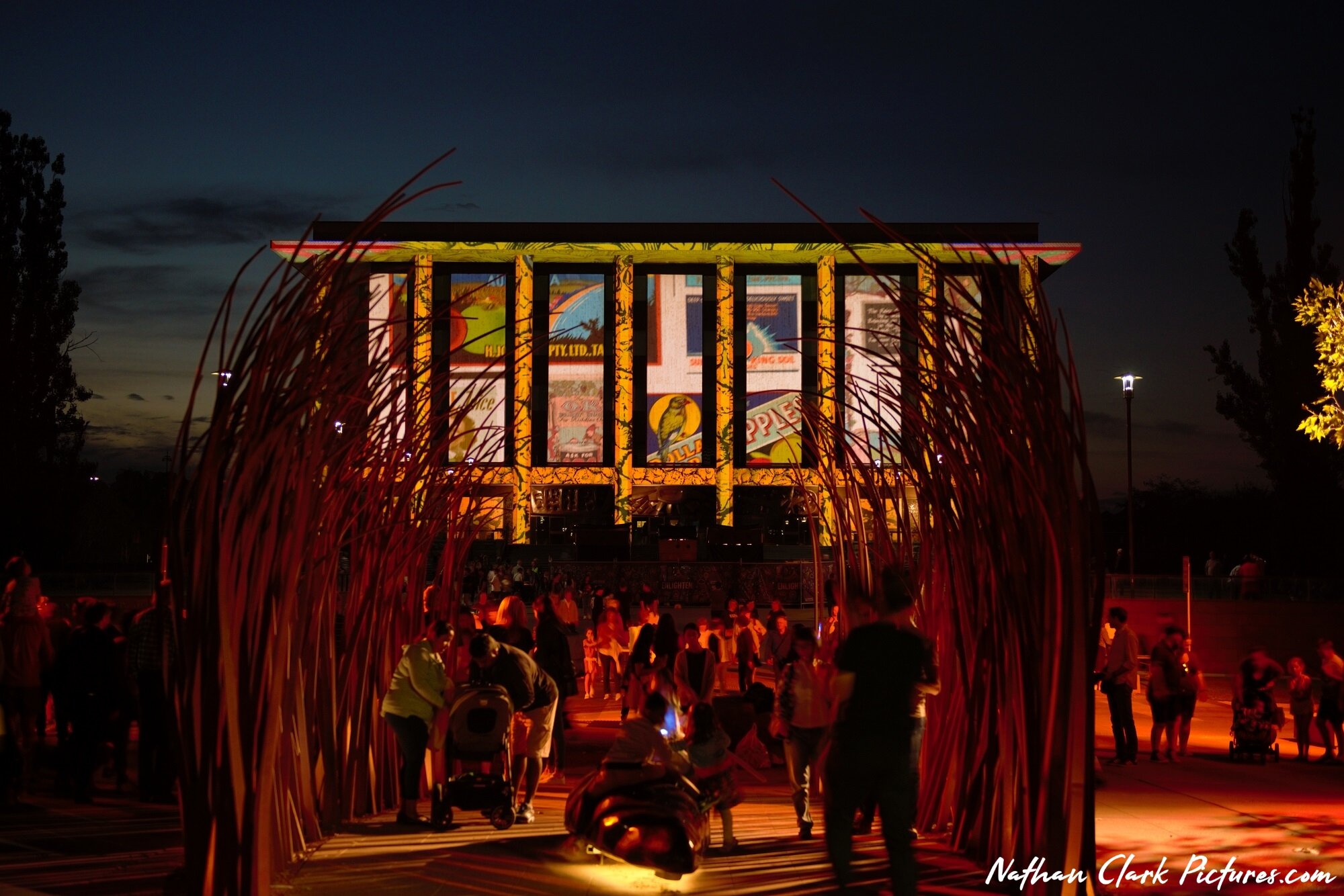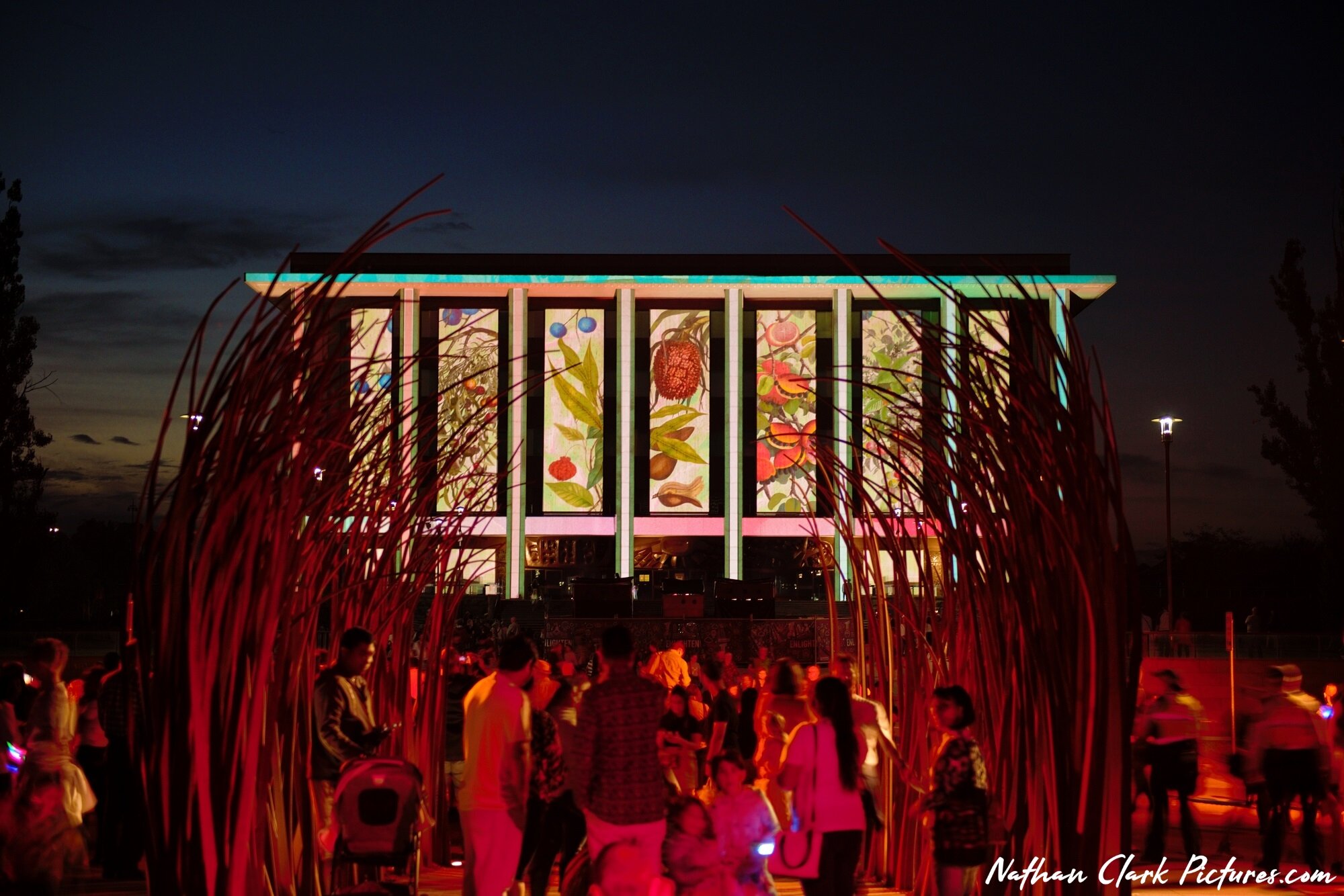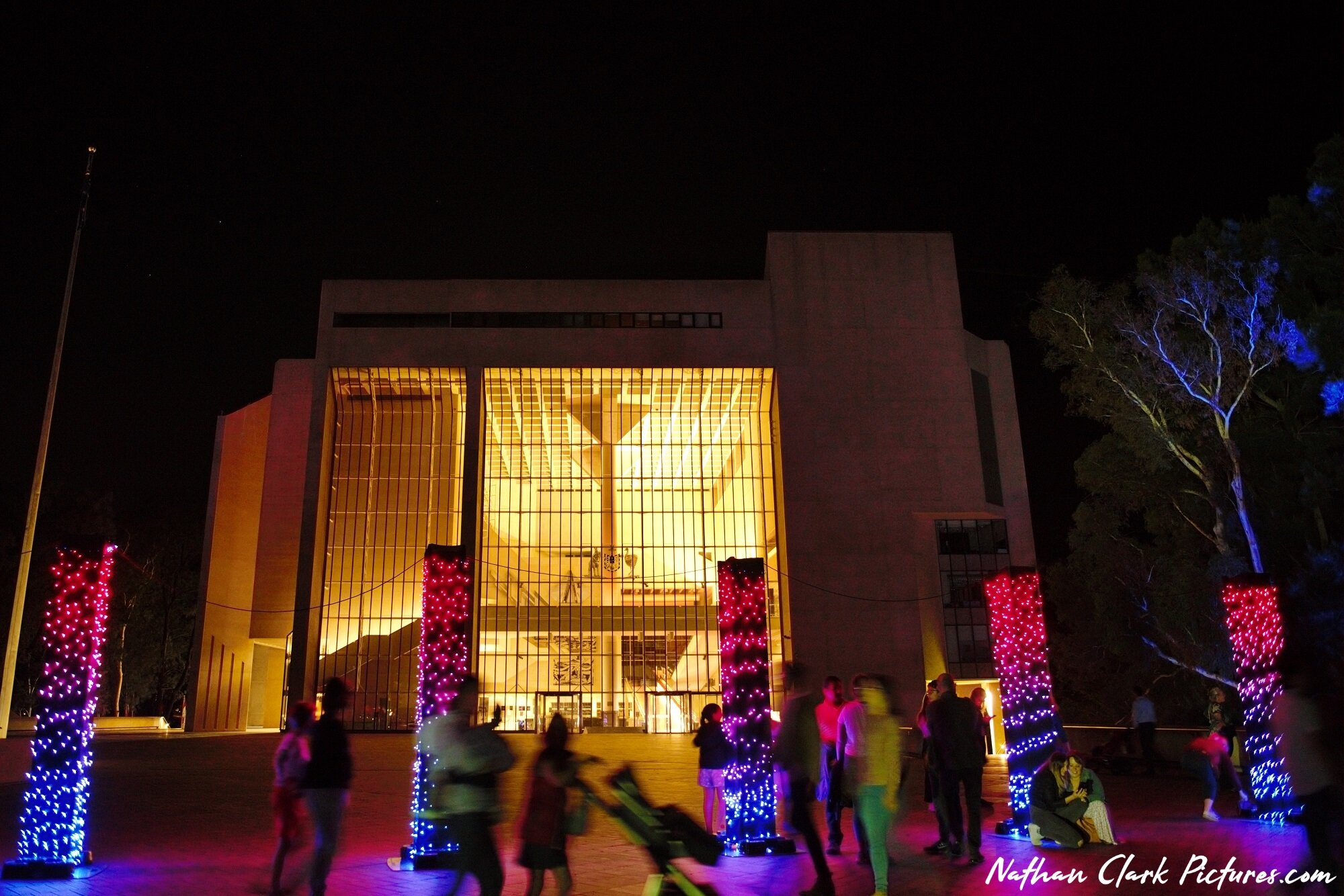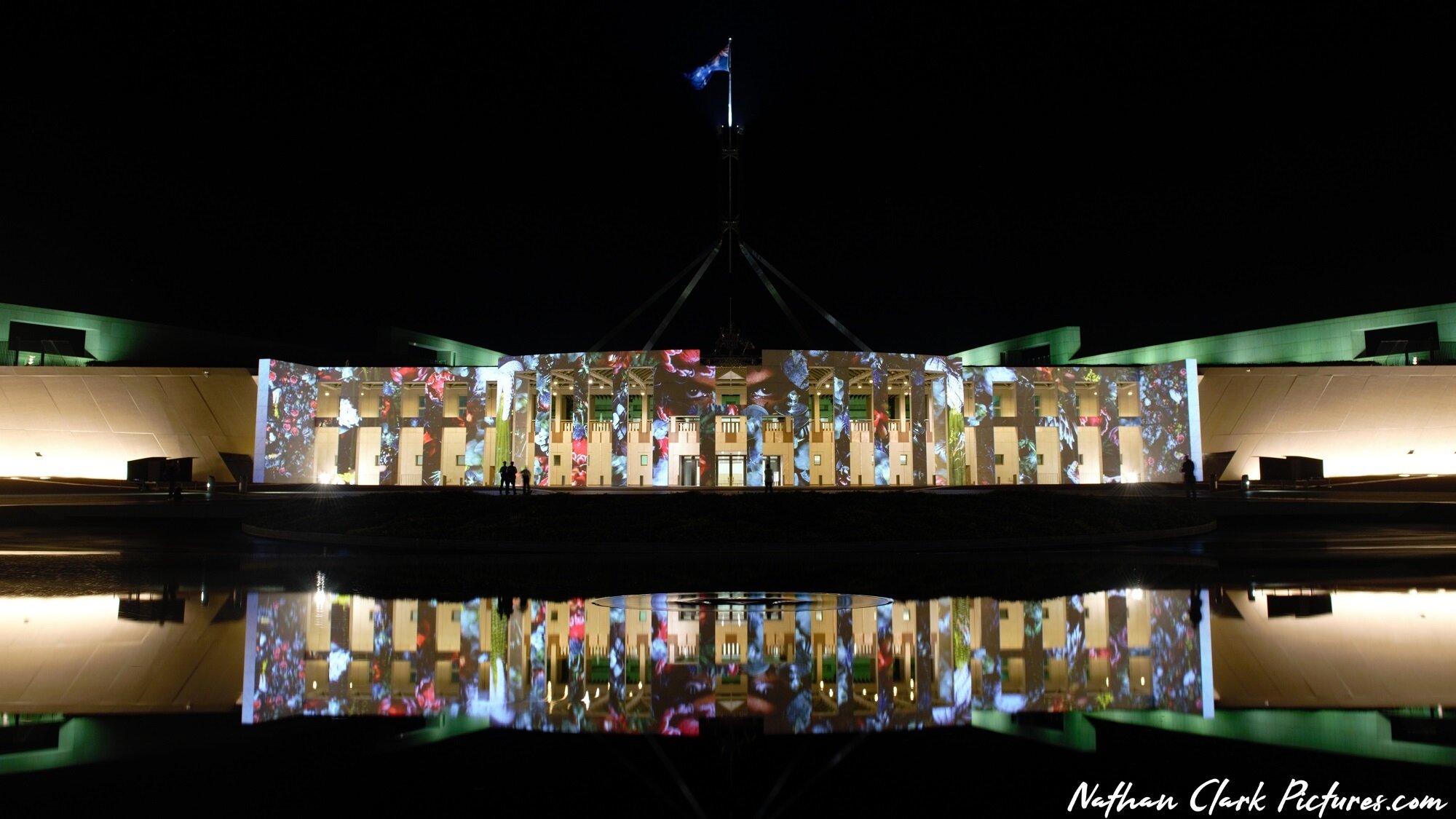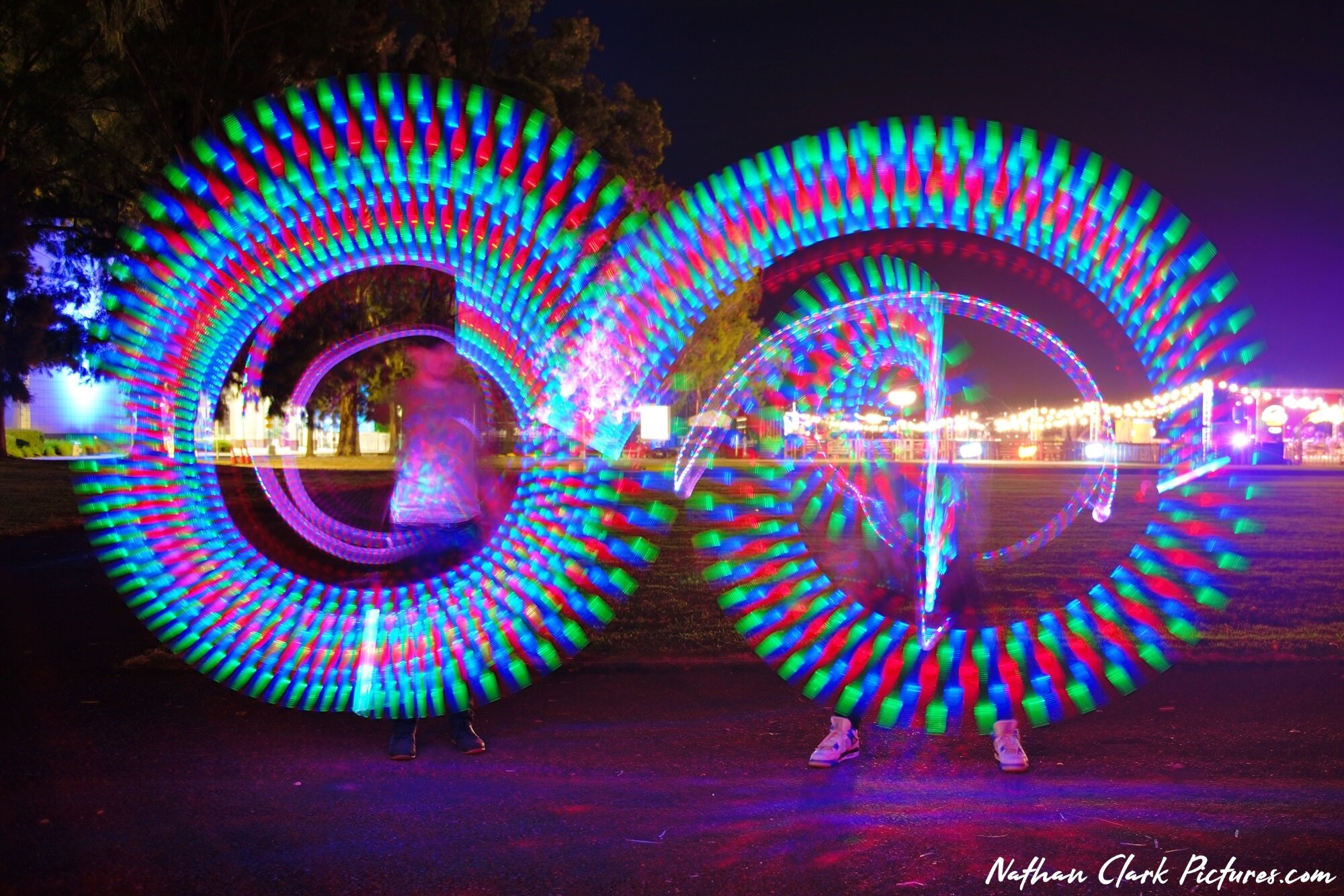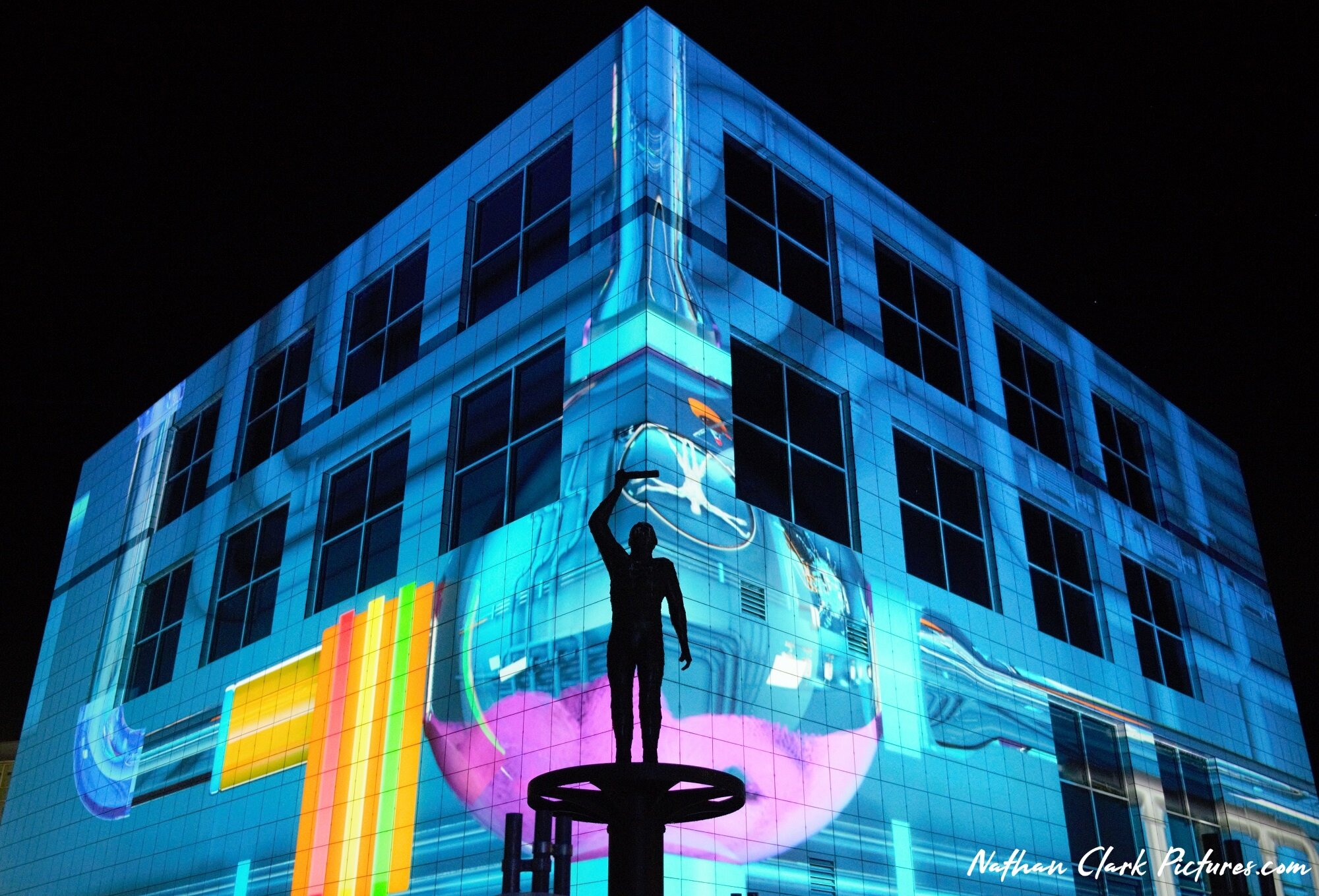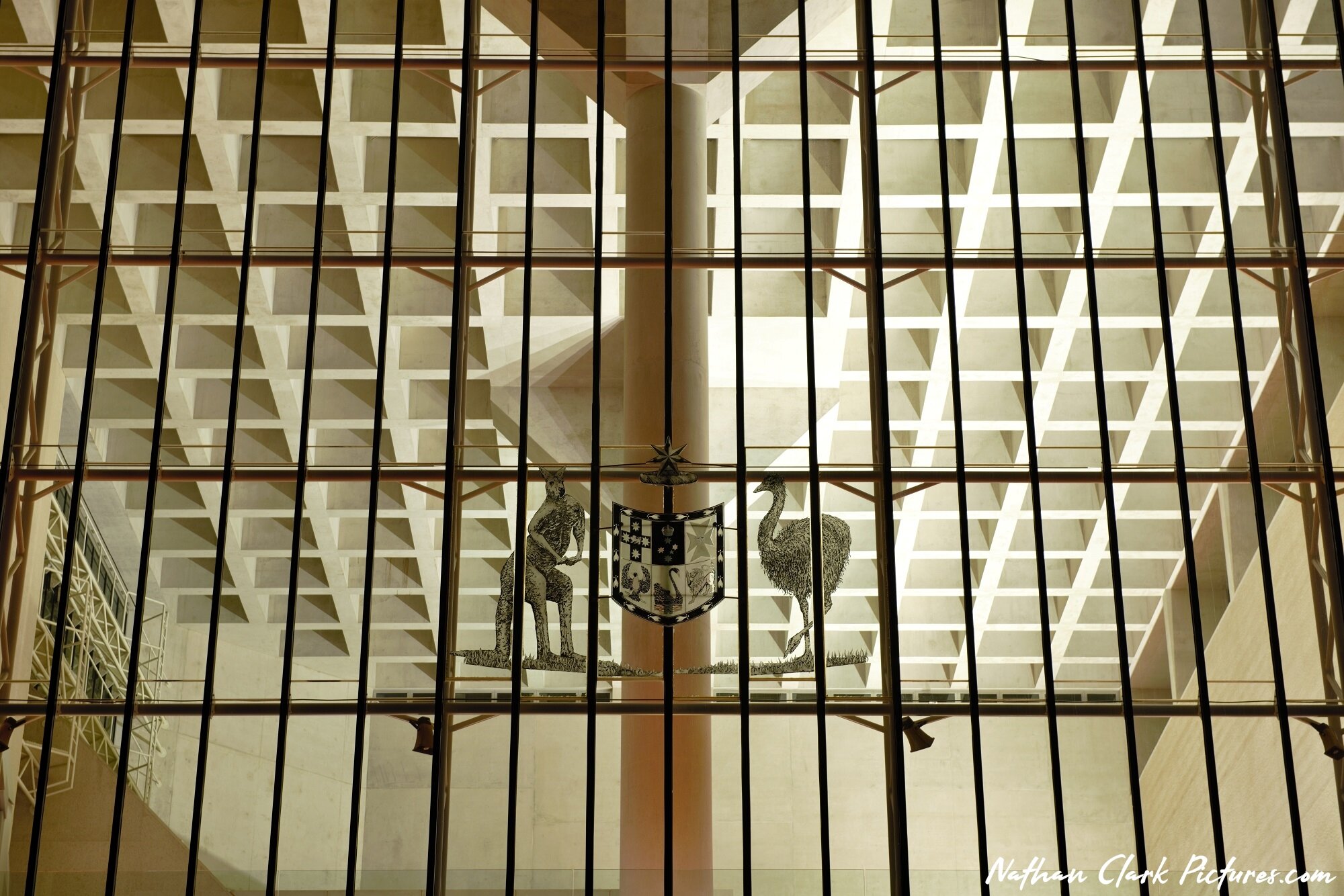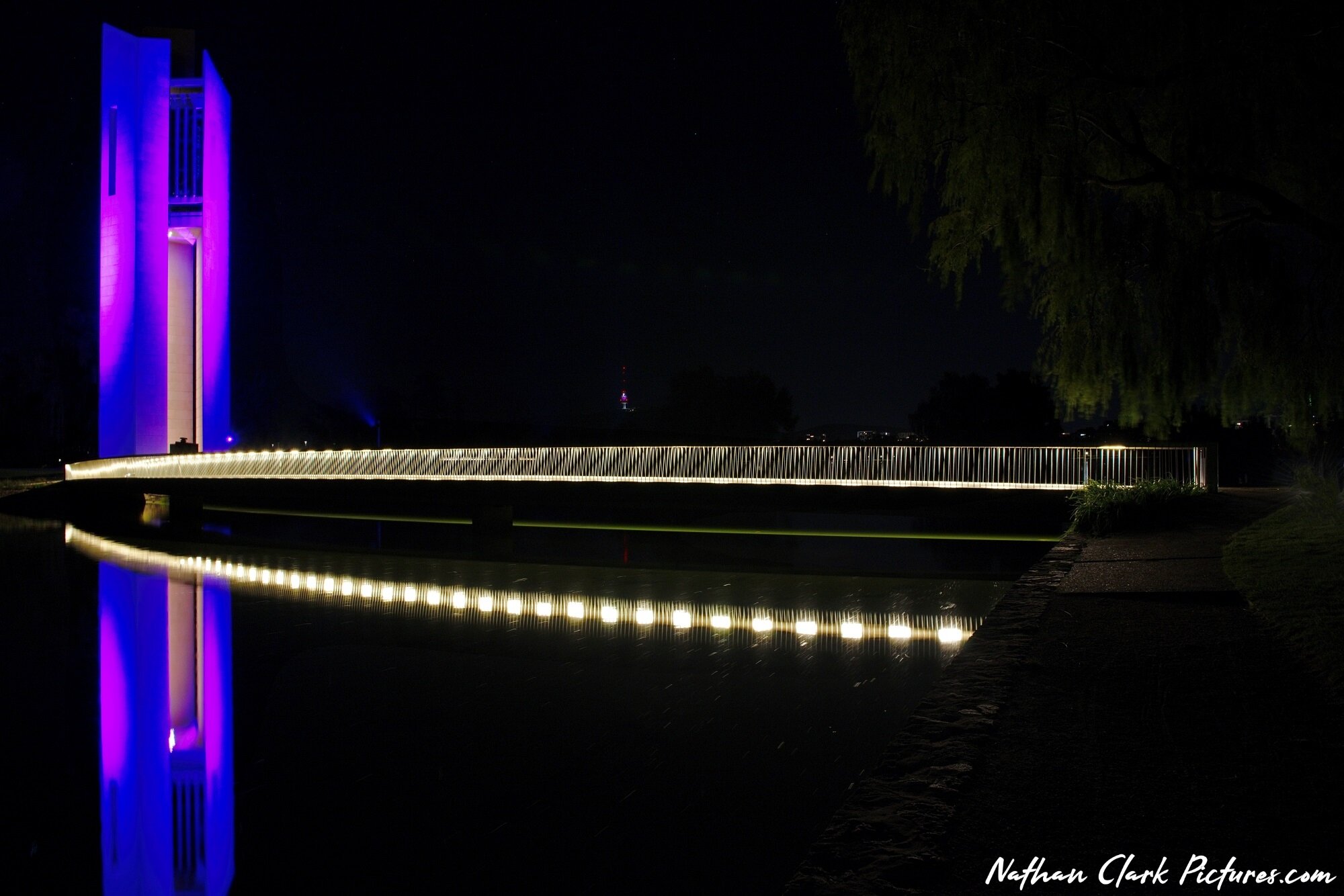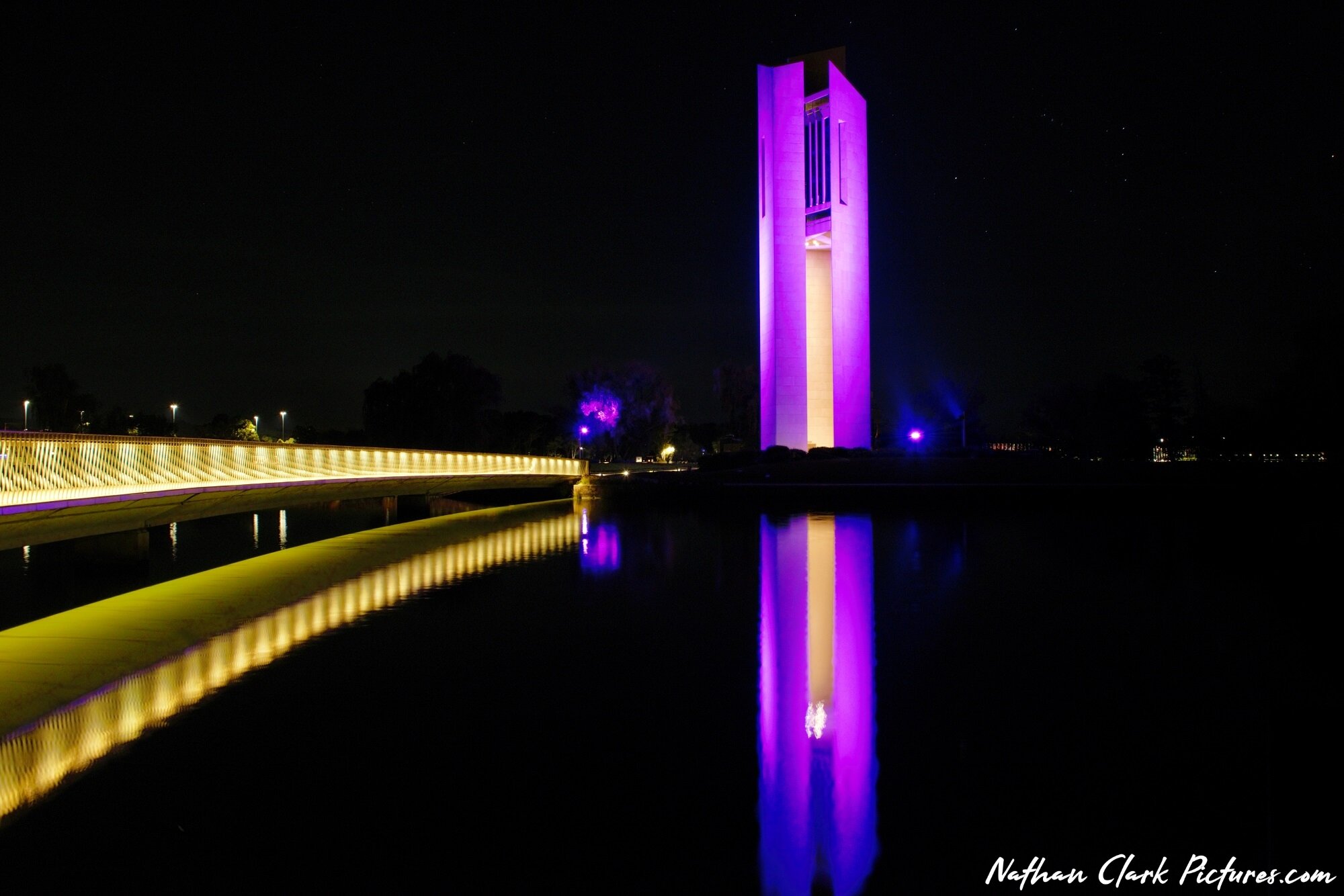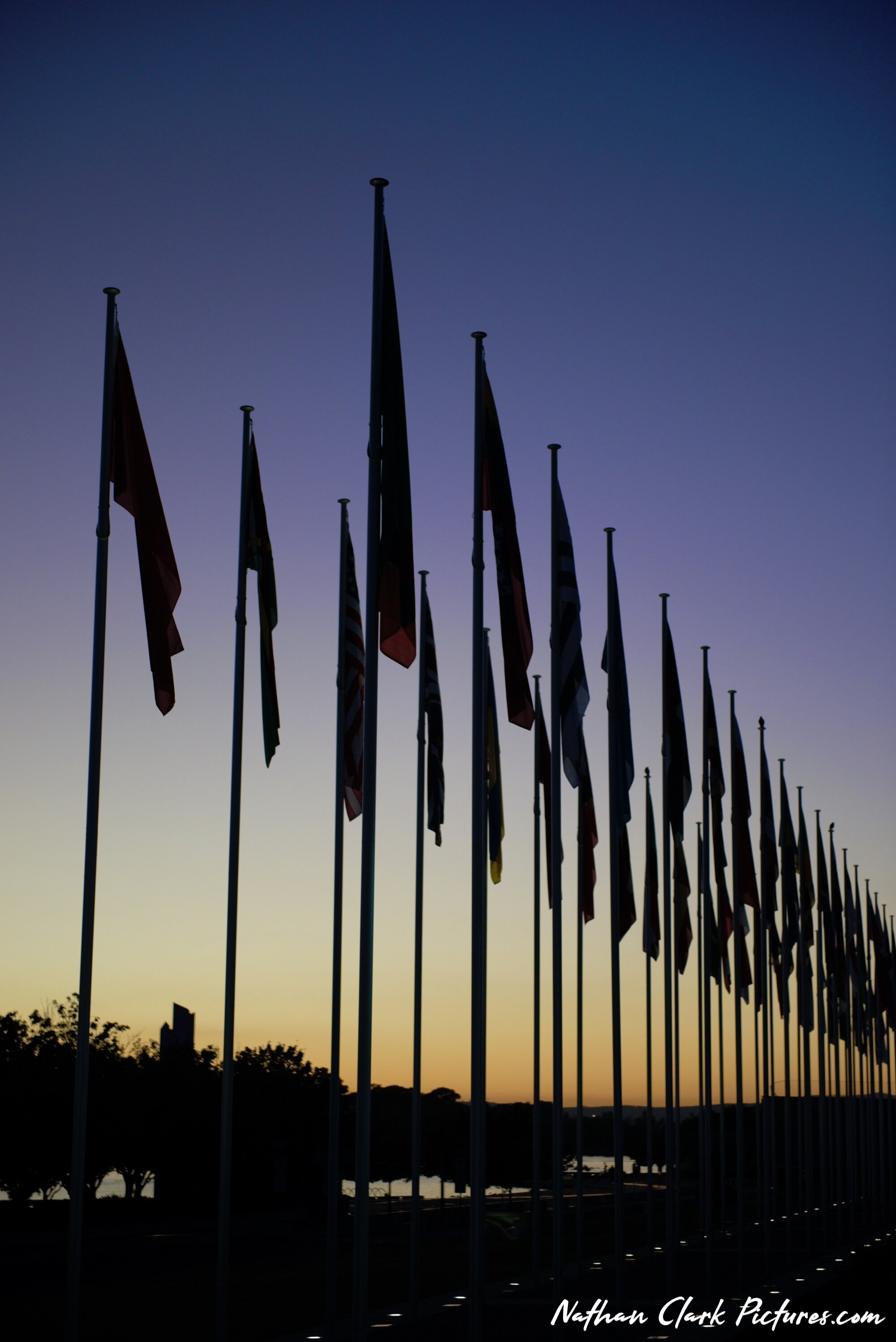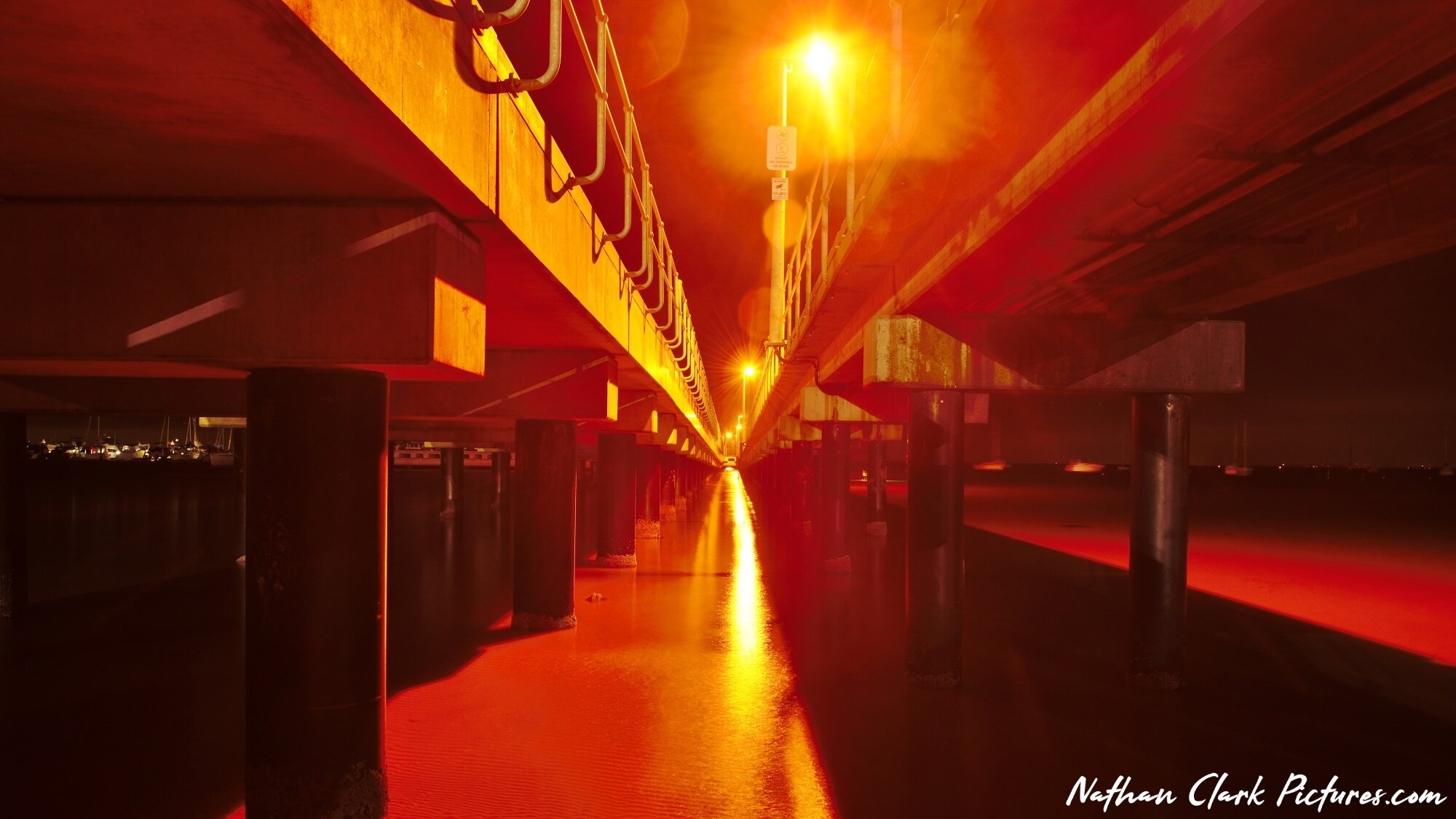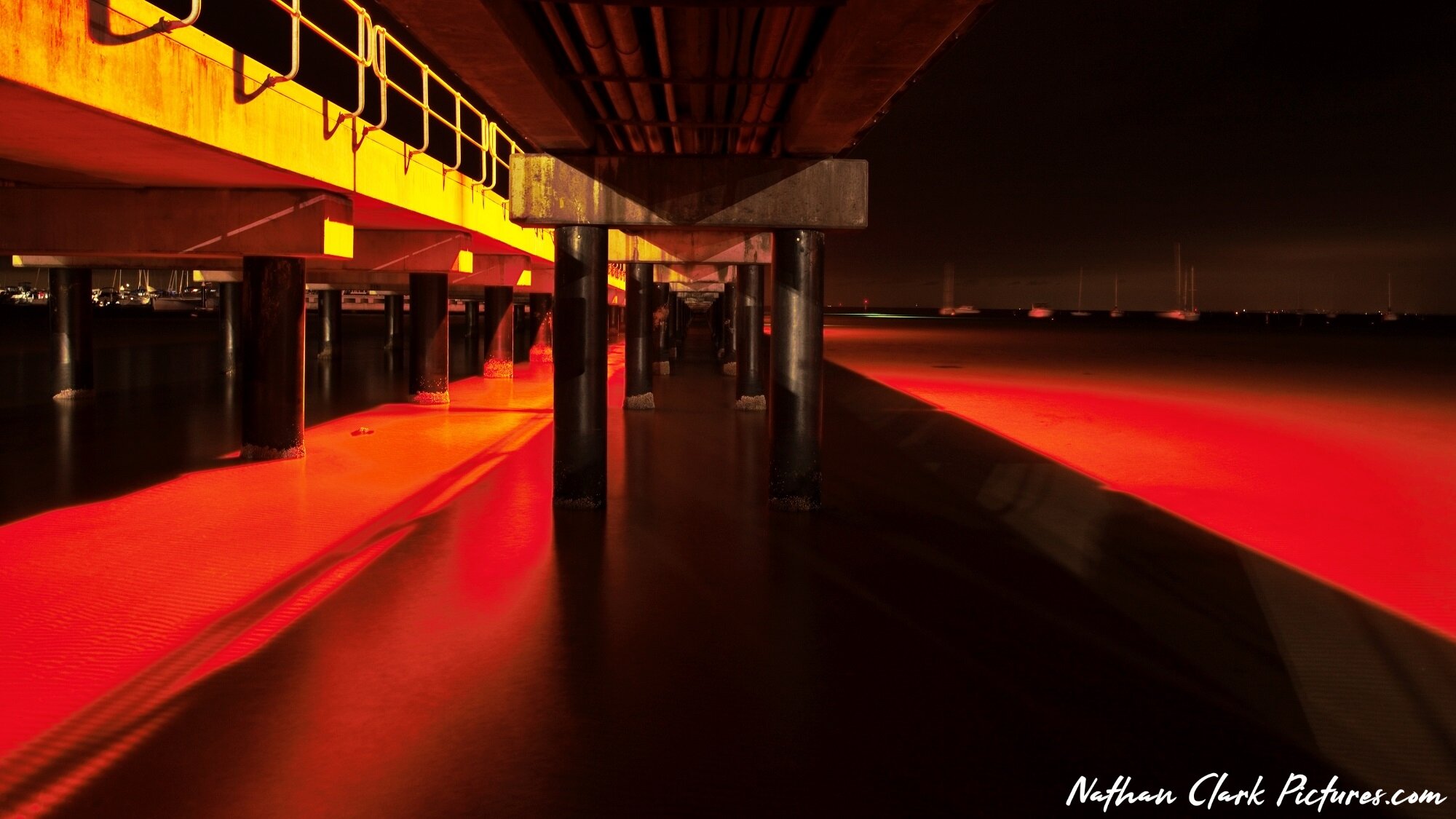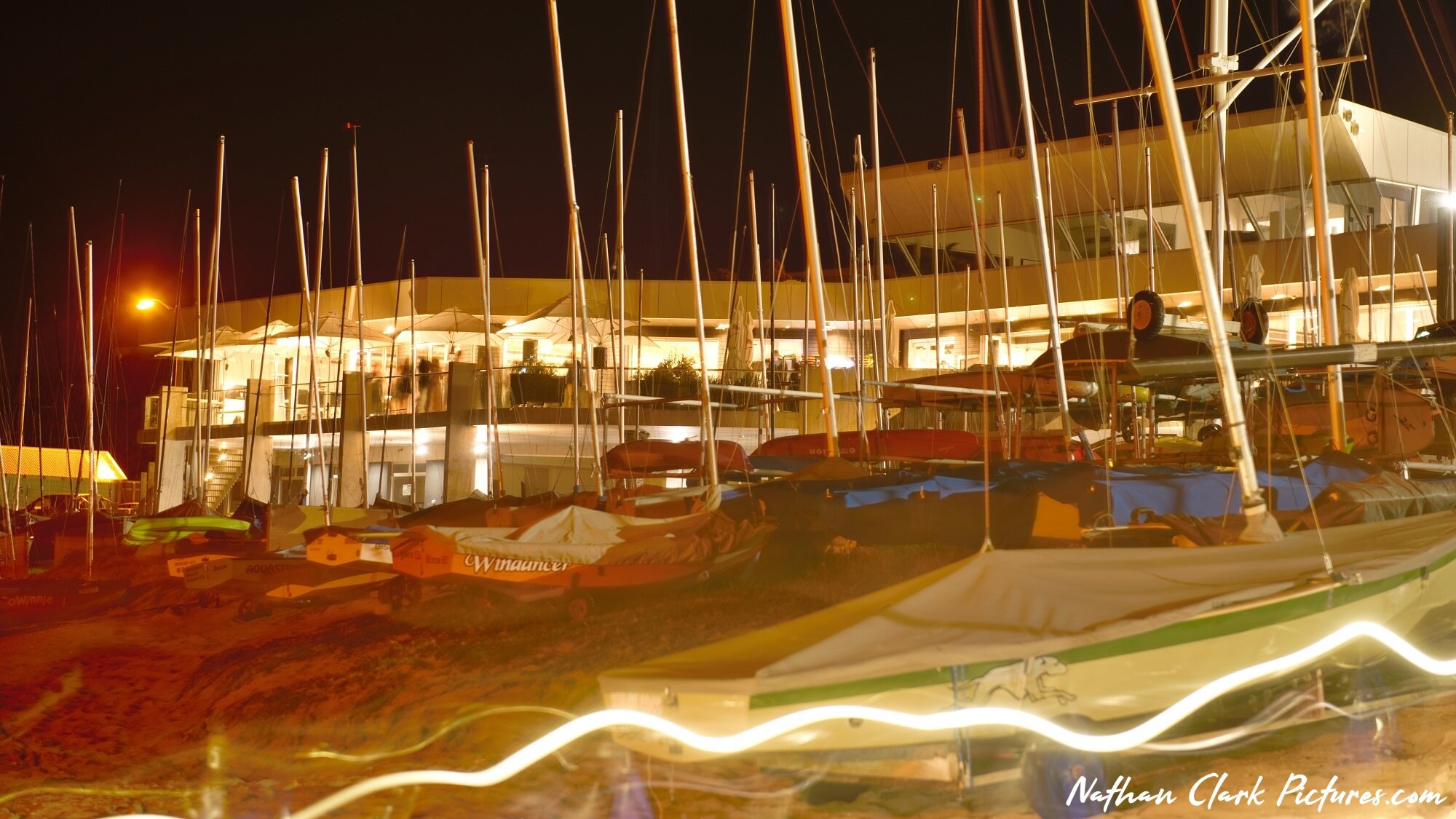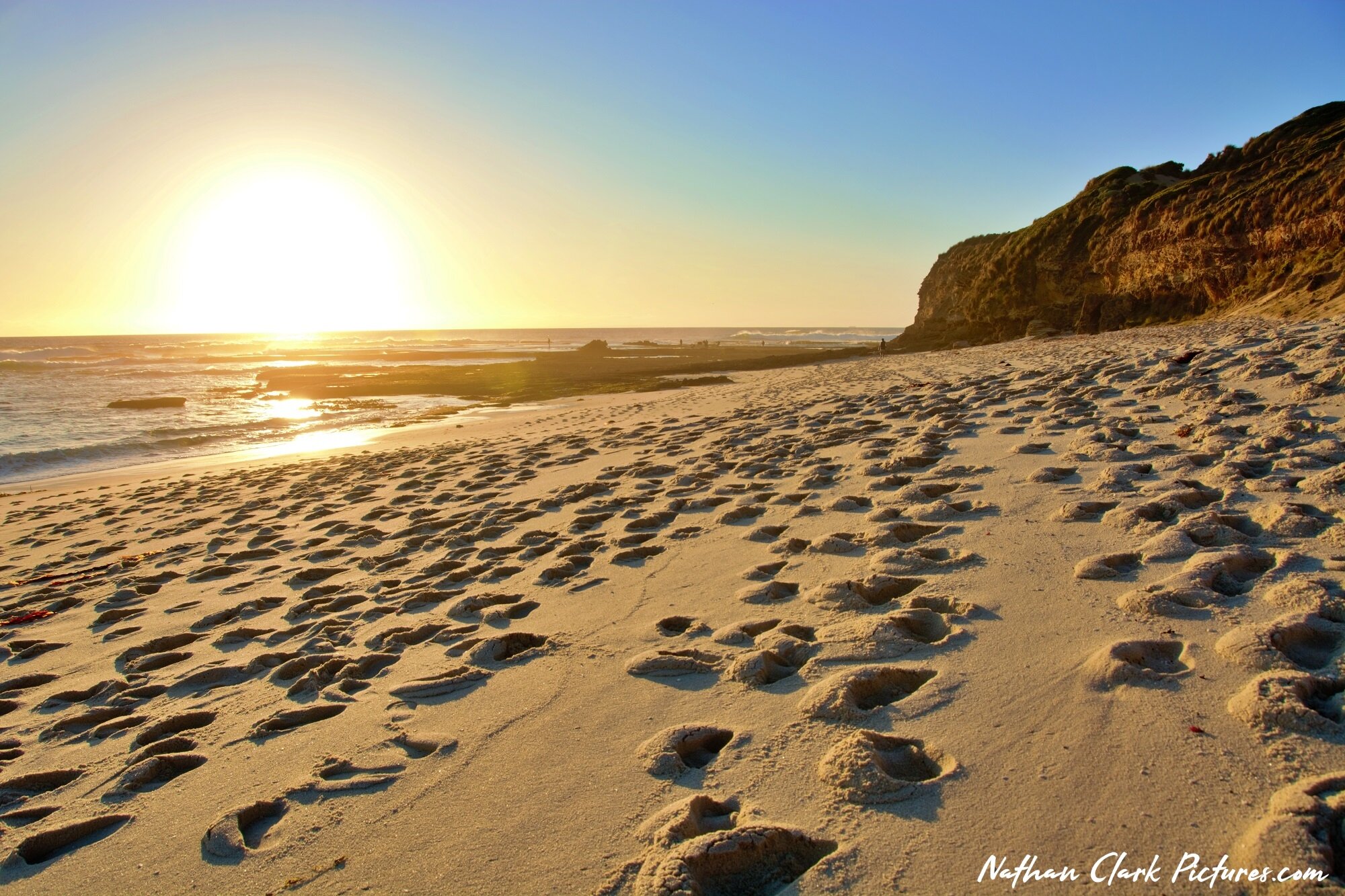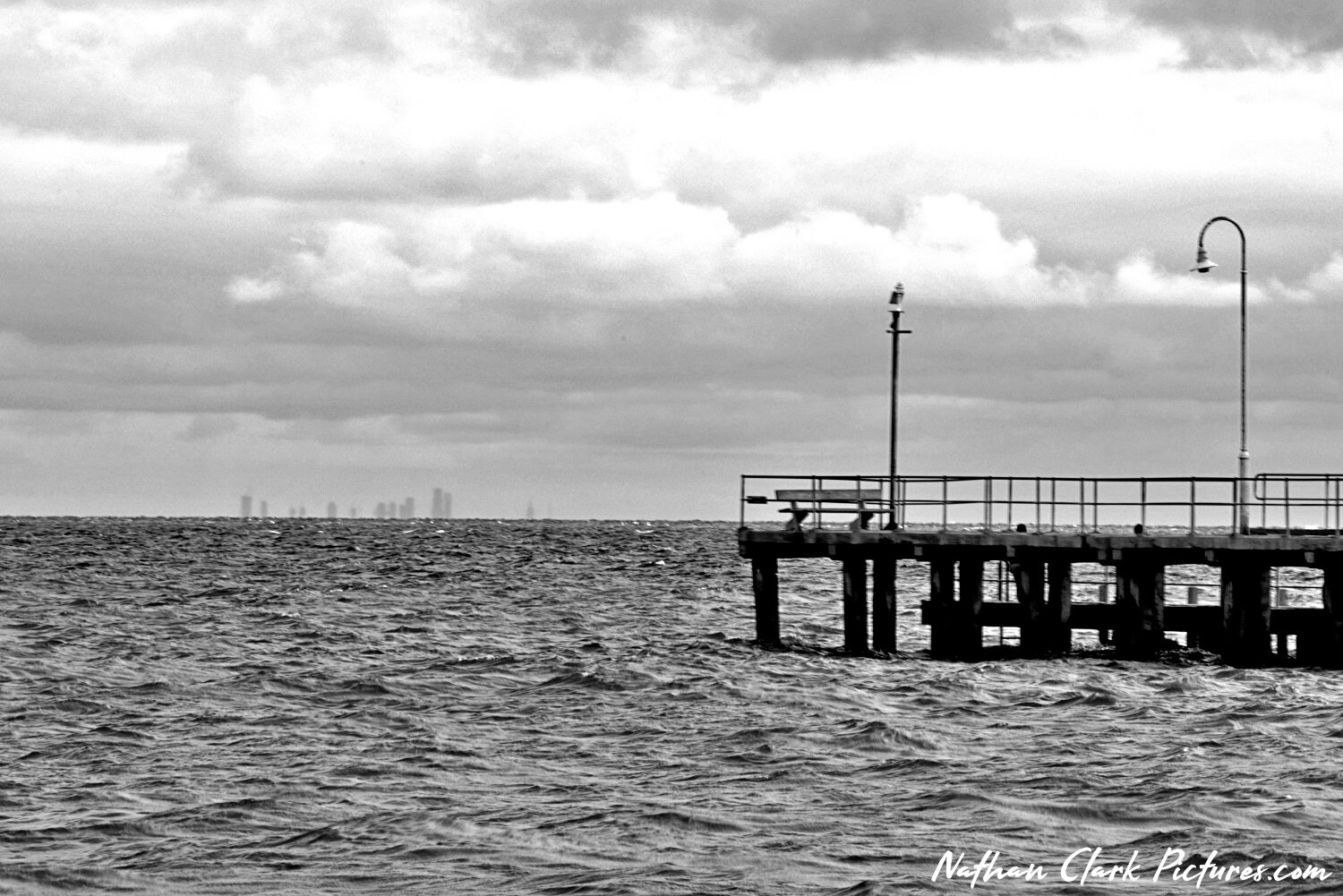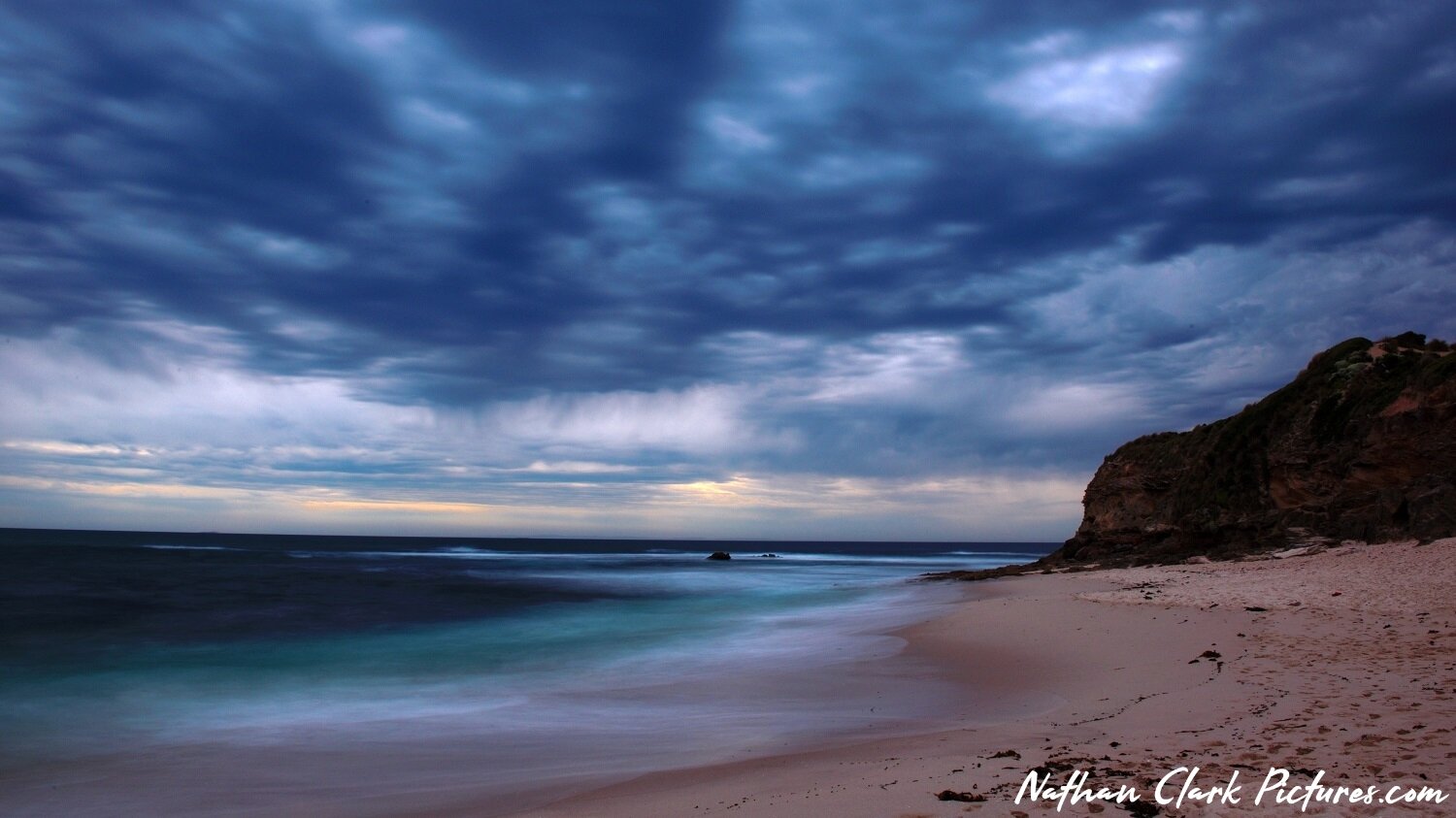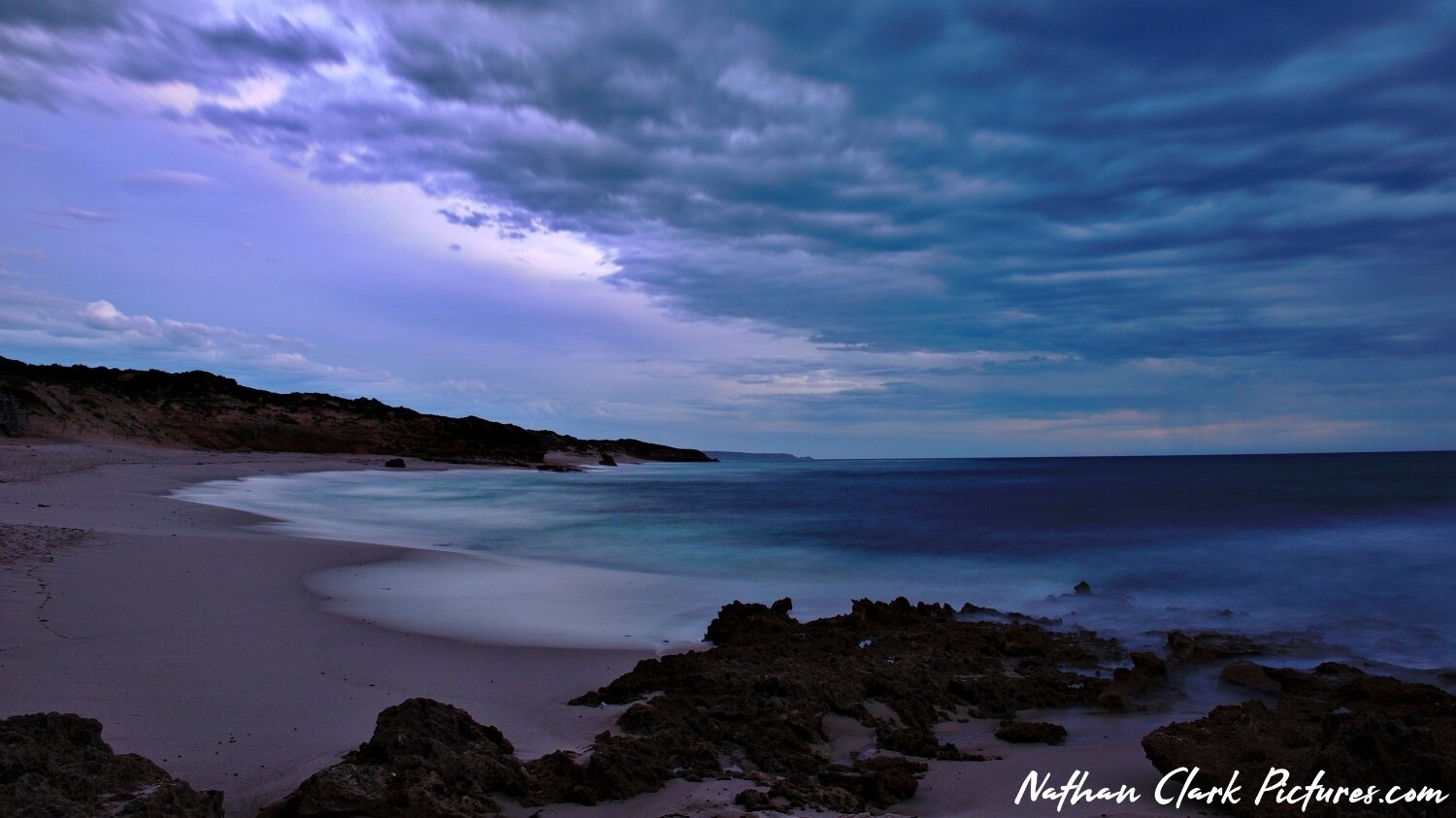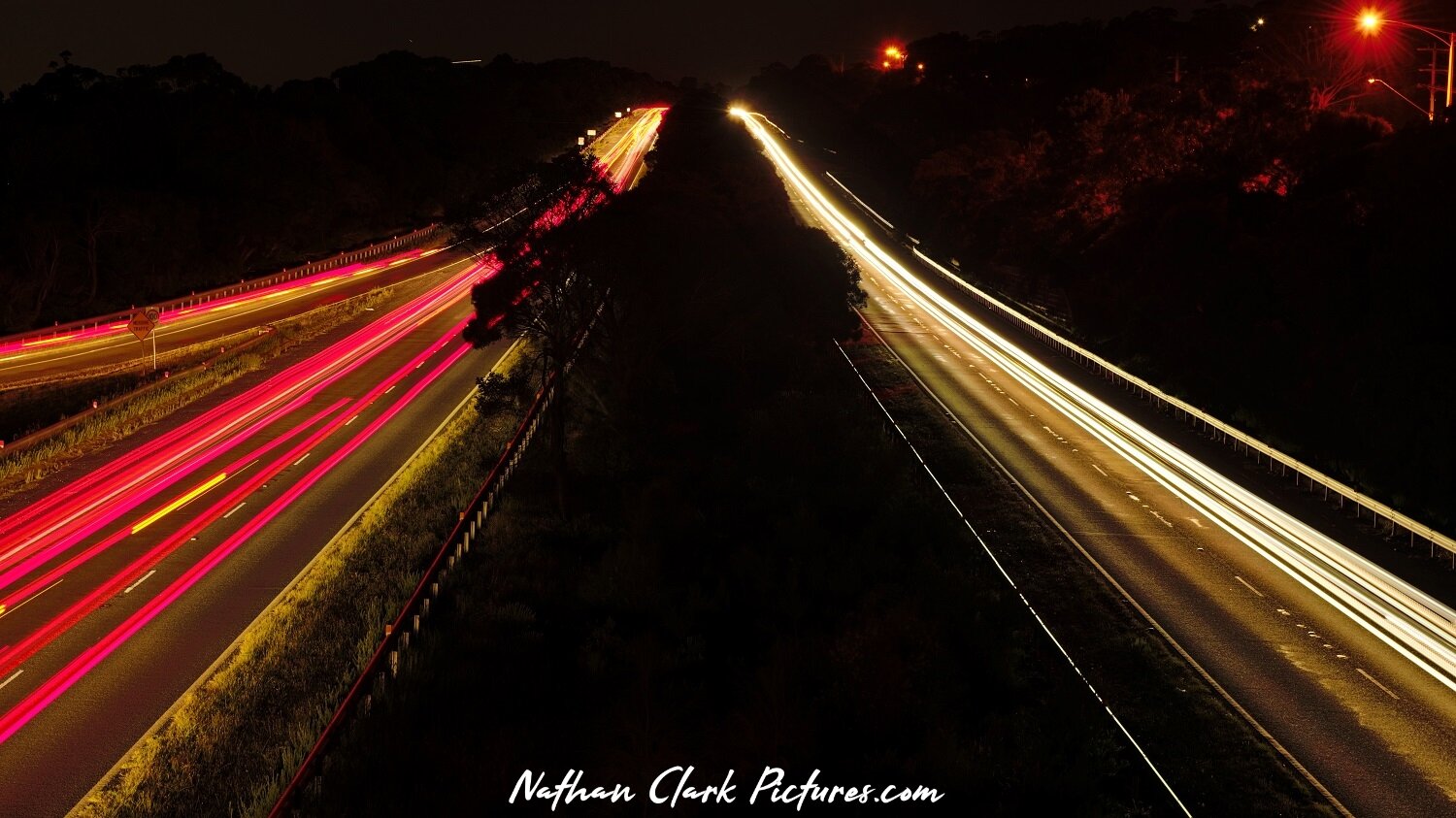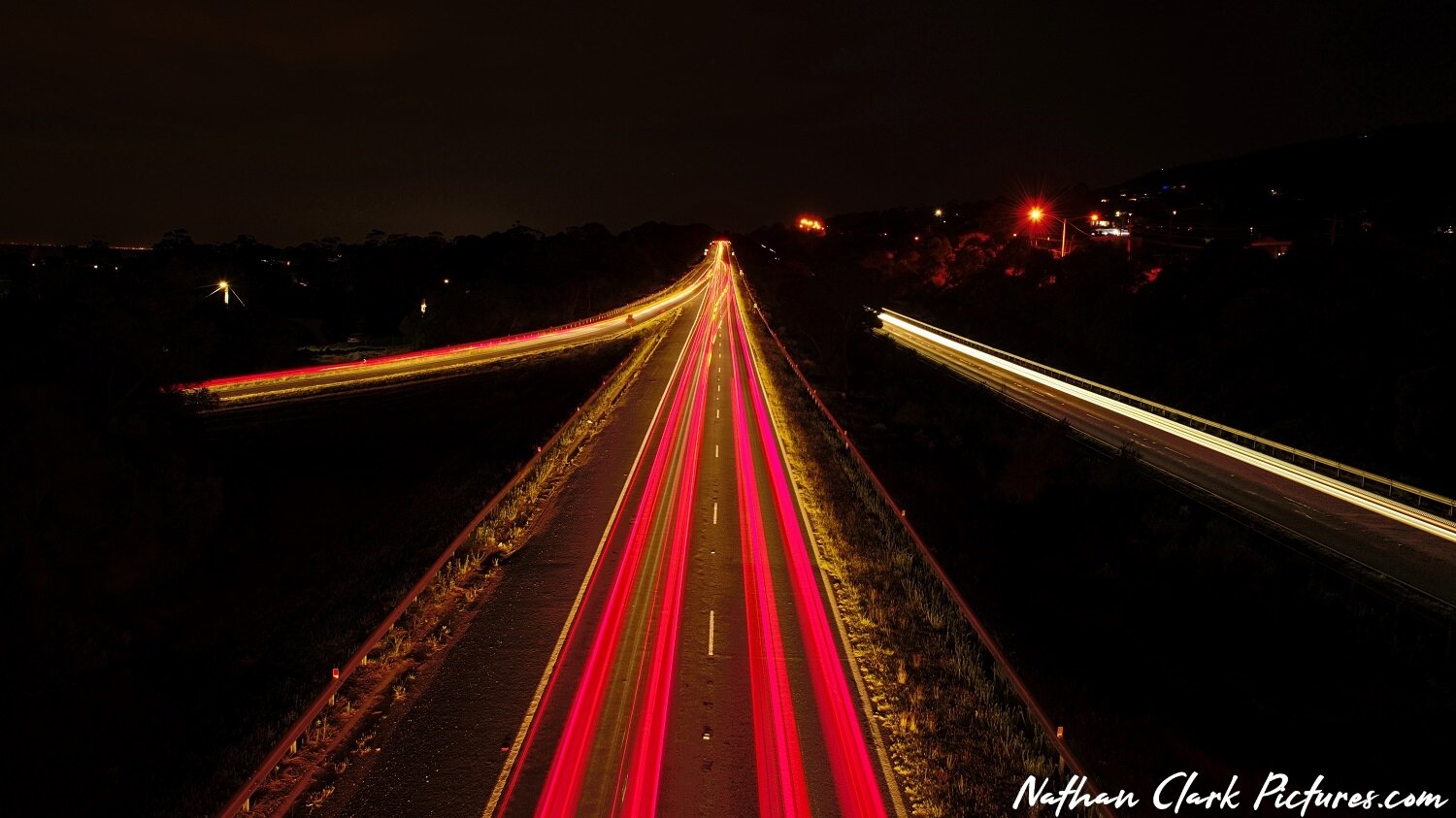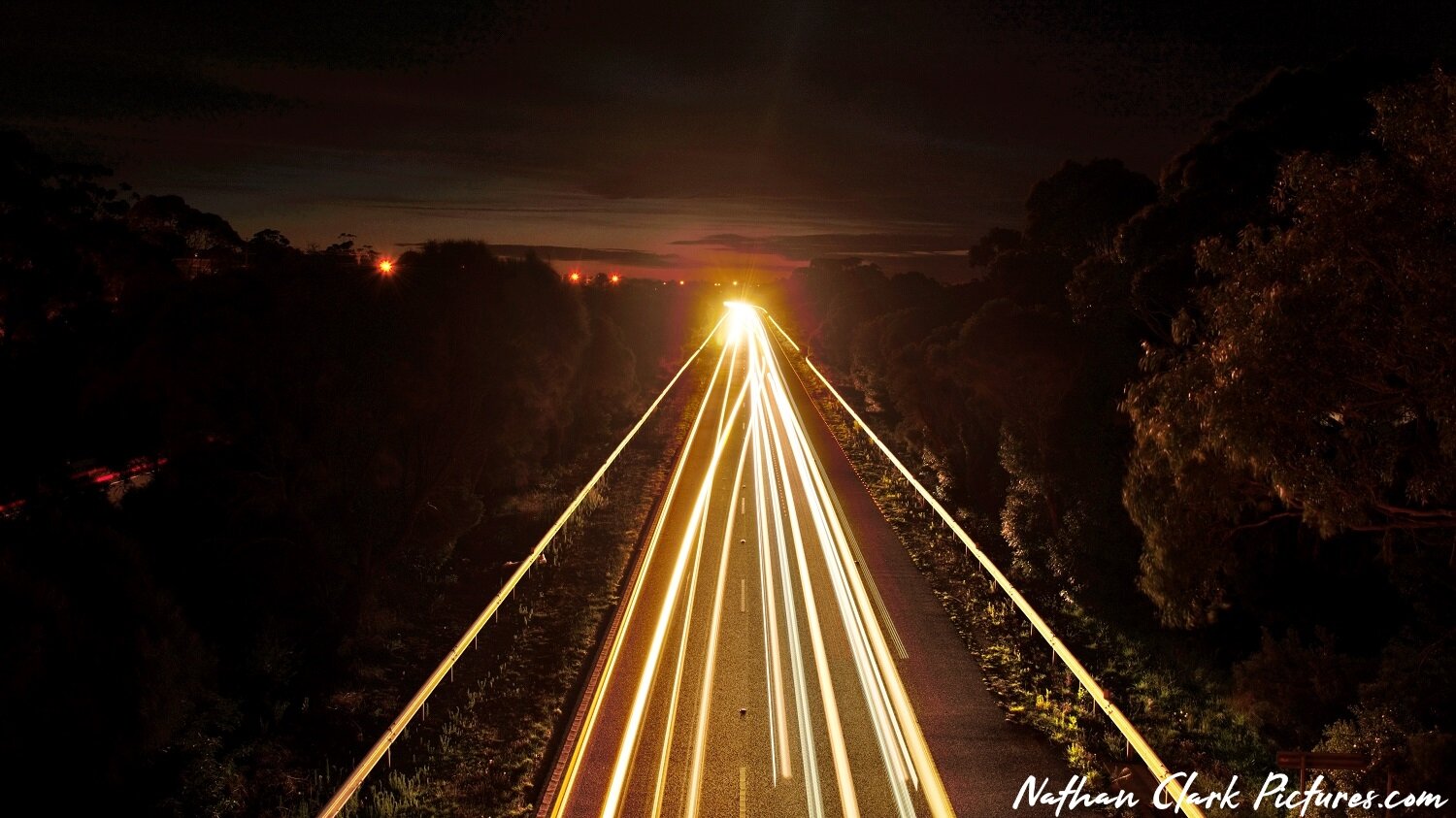It was blowing an ‘onshore’ gale, and there was a huge cloud mass enveloping any chance of a sunset, but as I’ve said before, you have to take the moment when it presents. An onshore gale is when the breeze is blowing from the sea/water onto the land. This can present a number of problems such as sea breeze being blown onto your lens, and sand blasting.
Equipment Tips: Lens Filters.
With an onshore wind at any beach you have to be very careful not to sandblast your lens. A lot of lenses are open to the elements through their barrels. A lady at Camera Clinic at Collingwood in Victoria, once described the extension lenses to me as ‘Vacuum lens’s’, due to their dust and grit attraction. In a quiet environment you can even hear them sucking in the air as you move between the wide and zoom settings. In strong winds like you can get at a beach you can easily get tiny grit going through to the inside of the lens. You can also easily get sand scratches on the lens glass.
It is for reasons like this that I always recommend having a filter on your lens from the moment you buy it. It doesn’t have to be an expensive filter, but, like everything, the better the quality filter you get, the better the glass/plastic coating will survive and clean, when dirty. Oh, and that’s another thing, don’t short change yourself by cleaning your filter or lens with anything other than a good microfiber cloth. Hankies, clothing, and tissues, as soft as they may seem, can all result in small scratches that can gradually damage your filter or lens with scratches.
Another good reason for having even the most basic UV filter on your lens is the ‘insurance’ you give yourself in the rare event that if you knock the front of your lens on anything and scratch it. You can’t go back from a mistake like that, and replacing a scratched lens can cost a lot more than replacing a scratched filter…
So, this afternoon, with my expensive 24-70mm 2.8 lens, with UV filter fitted, and a big winter jacket, I moved between the beach boxes, taking advantage of their limited protection from the wind, and enjoying the views. I hope you do too…










